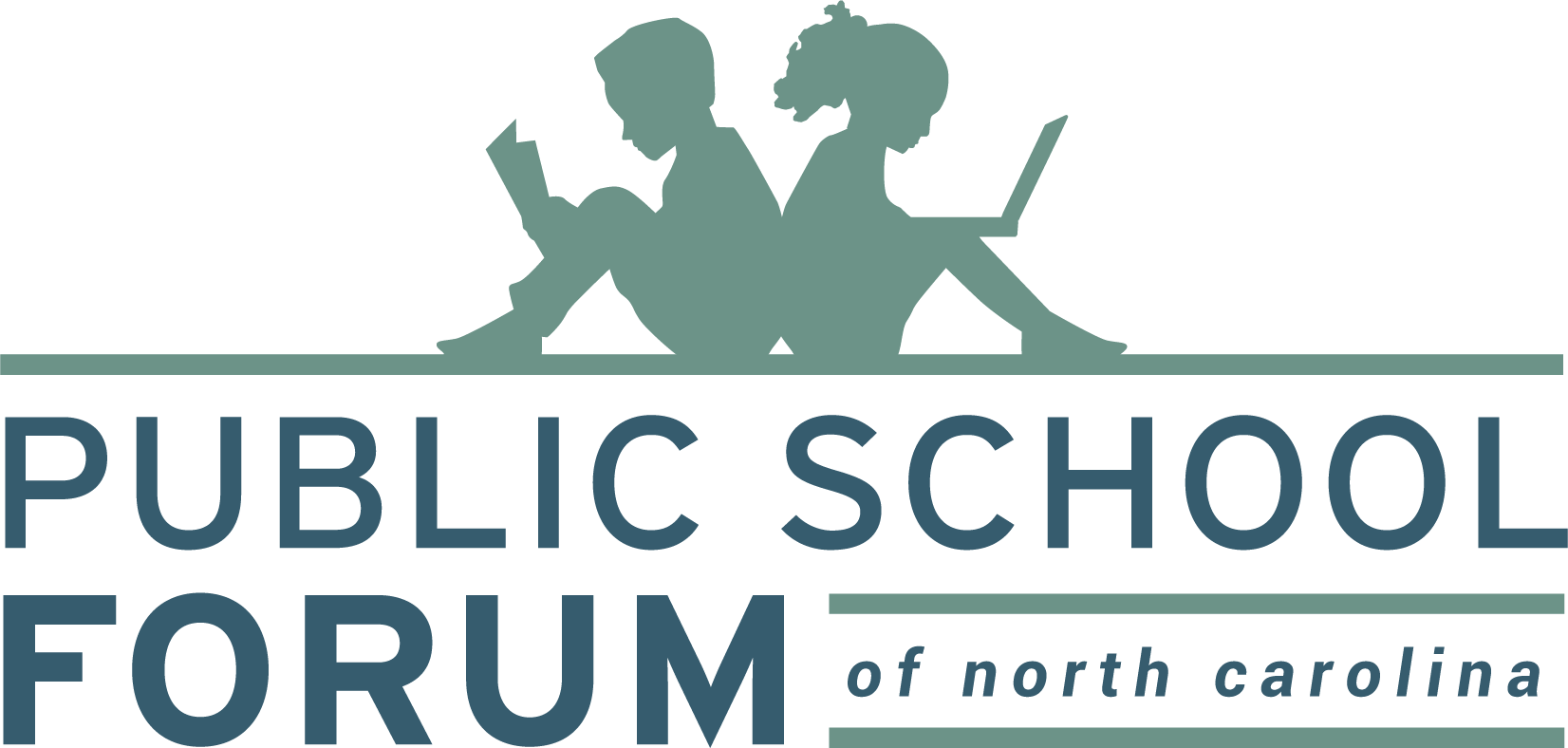RALEIGH, NC (March 28, 2017) – A study released today by the Public School Forum of North Carolina spotlights a stark and growing gap in public school funding between the highest and lowest-wealth counties in the state. The 2017 Local School Finance Study found that the ten highest spending counties spent on average $3,026 per student compared to $710 by the ten lowest spending counties, a gap of $2,316 per student. Orange County, at the top of the list, spends more than twelve times more per student than Swain County at the bottom. In 2014-2015, the ten highest-spending counties spent 4.26 times more per child than the ten lowest-spending counties.
“North Carolina’s wealthiest counties are able to invest much more in their local schools because they have a much higher property value base to generate revenue,” said Public School Forum President and Executive Director Keith Poston. “The wide and growing gap is certainly not because of a lack of effort by county governments in the poorer parts of the state. In fact, the ten poorest counties tax themselves at a much higher rate than the ten wealthiest counties in an effort to keep up, but simply can’t because the amount of revenue that can be generated is substantially lower due to the small tax bases.”
In 2014-2015, the ten poorest counties taxed themselves at nearly double the rate of the ten wealthiest counties – $0.83 compared to $0.44, a 39-cent difference. In spite of this, because of the disparity in real estate wealth capacity, the revenue the poorest counties could generate, even at the higher tax rate, was substantially lower than what the wealthier counties could generate at lower rates. The poorest counties continue raising their tax rates, while the wealthiest counties lower theirs, and yet the substantial revenue disparity persists.
“Policy decisions at the state level have helped by providing additional funds for the state’s smallest and lowest-wealth counties, yet investments in schools still vary dramatically by zip code,” Poston said.
“This year the General Assembly is considering options to overhaul the state’s school finance system,” Poston said. “Our concern is that a new system alone that does not address adequacy and equity will not change these trend lines and will continue to leave poorer counties behind. We encourage our legislators to ensure that adequacy and equity in school finance remain top priorities.”
“When it comes to funding our public schools, the focus should be on how we ensure there are adequate resources in every county to serve every child, regardless of the delivery structure for those necessary investments,” Poston said. “Even in the school systems that get the most support from their local government, resources are stretched and overall the state’s per pupil spending still lags compared to the national average.”
For more than 25 years, the Public School Forum of North Carolina has isolated local spending from state and federal spending to examine the capacity and actual effort of counties to support public schools. The annual Local School Finance Study focuses not only on the amount that counties spend on schools, but also on each county’s investment in the context of that county’s taxable resources.
On average, the highest-spending counties increased their spending by 3.8 percent more per child this year since last year ($110 more per student). The lowest-spending counties increased their average spending per student by .8 percent ($5 per student).
“The end result is our poorest counties continue to fall further behind our wealthier counties in terms of resources available to their local schools,” Poston said. “Young people born into one of the state’s economically thriving counties will have levels of investment in their education not shared elsewhere in the state; perpetuating a “have” or “have not” scenario for children’s access to high quality education based solely on zip code.”
Under North Carolina’s state constitution and school finance laws, it is the state’s responsibility to pay for instructional expenses (including personnel) while county governments pay for capital expenses (buildings and maintenance) unless there are statewide bond referendums or other state solutions. The nearly century-old division of state and local responsibility for school funding still shapes the way North Carolina pays for public education today, with 98 percent of capital expenses paid at the local level. However, the division has eroded somewhat, with counties funding 18.8 percent of principal and assistant principal positions, 6.5 percent of teachers, 11.8 percent of teacher assistants, and 20.9 percent of professional instructional support personnel; and with the state paying 2 percent of capital expenses.
The Local School Finance Study has been used over time by district finance officers, county commissioners, school board members, and other state and local education officials, to frame debates about school funding and state and local priorities.
A special thank you to SunTrust Bank for sponsoring this year’s Local School Finance Study. The full report is available for download as a PDF at https://www.ncforum.org/2017-local-school-finance-study.
About the Public School Forum of North Carolina
Since 1986, the Public School Forum of North Carolina has been an indispensable and nonpartisan champion of better schools and the most trusted source in the state for research and analysis on vital education issues. We bring together leaders from business, education and government to study education issues, develop ideas, seek consensus, and ultimately inform and shape education policy. We do that through research, policy work, innovative programs, advocacy, and continuing education for educators and policymakers. Follow us on Twitter @theNCForum and visit our website at https://www.ncforum.org/

[…] 2017 Local School Finance Study https://www.ncforum.org/new-study-shows-stark-gaps-in-school-funding-across-north-carolina/ […]